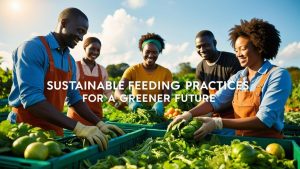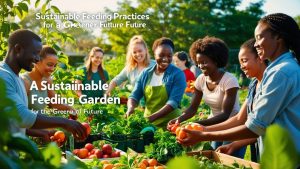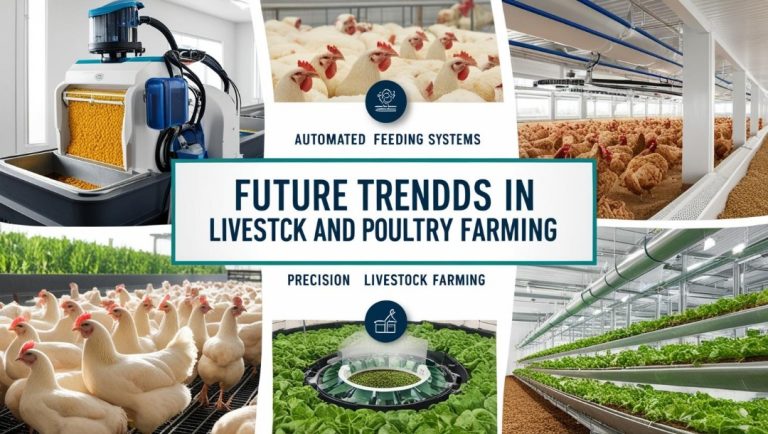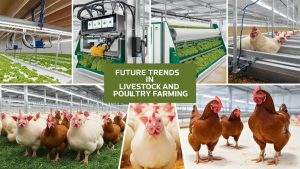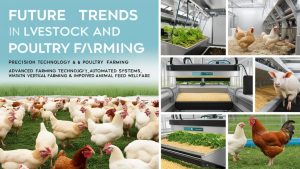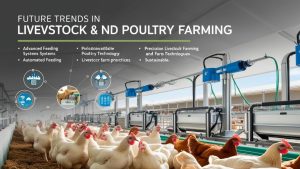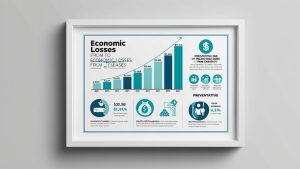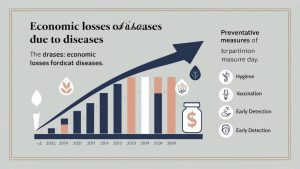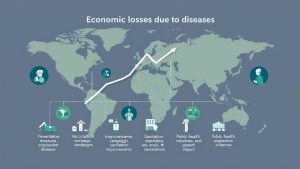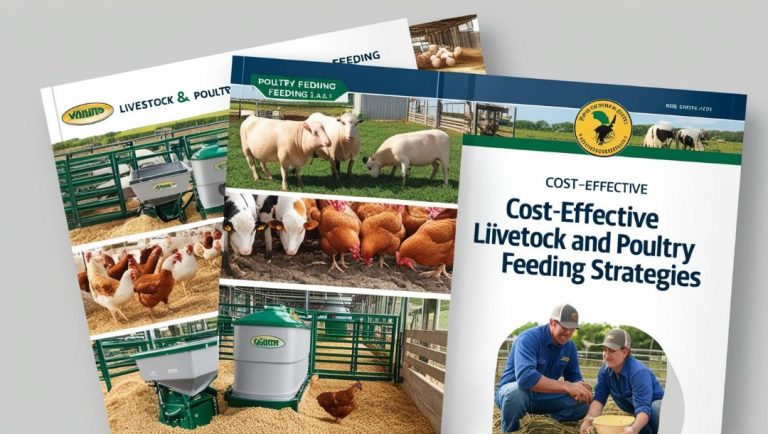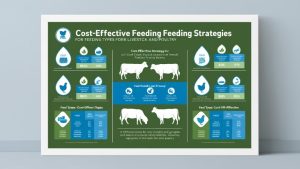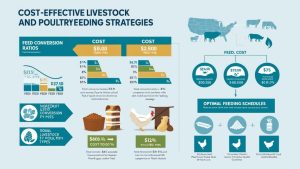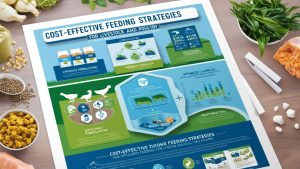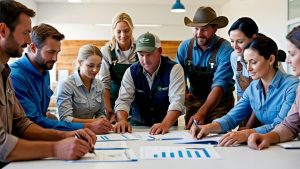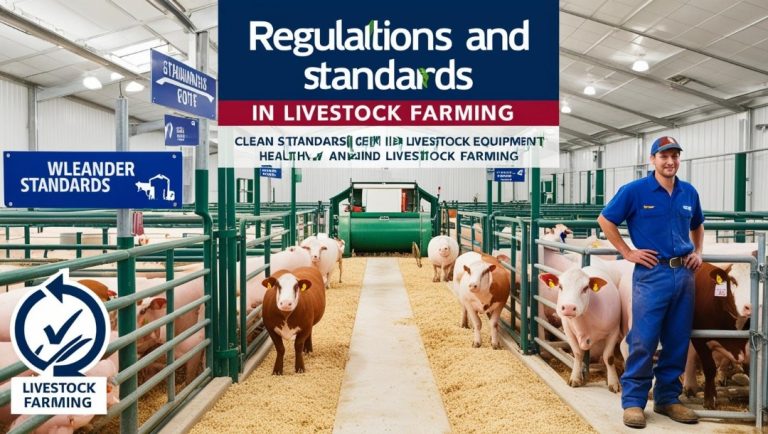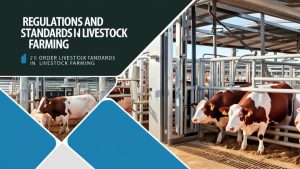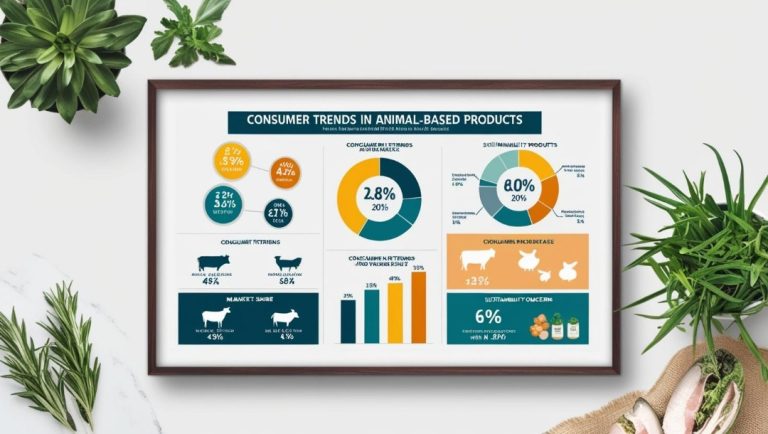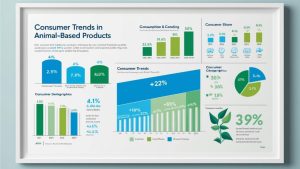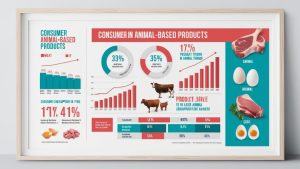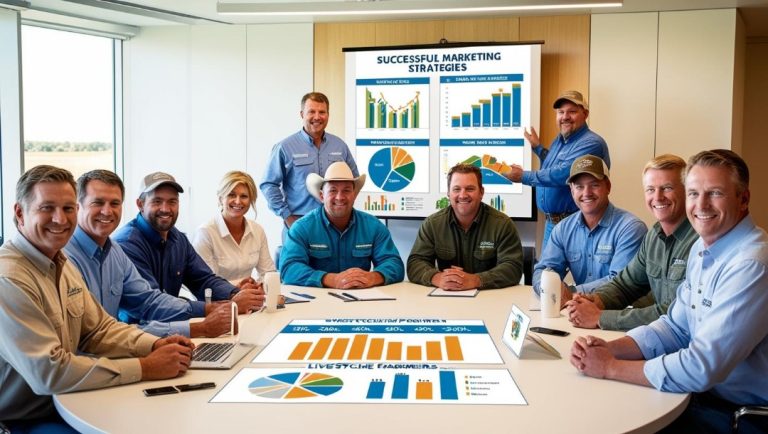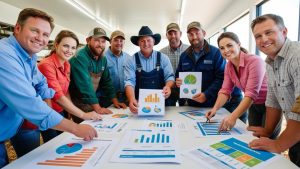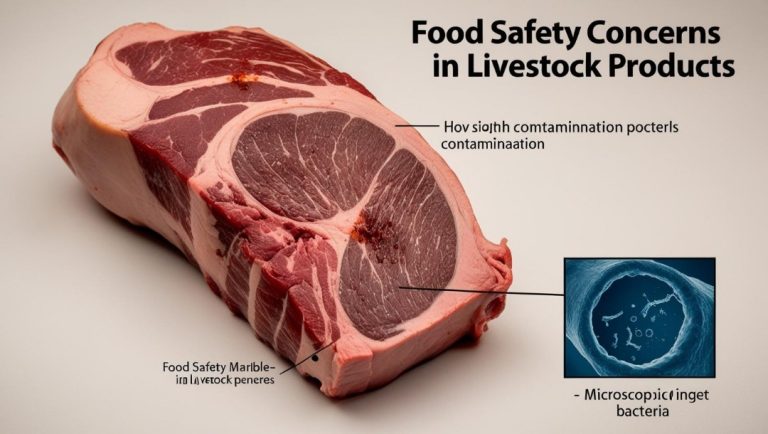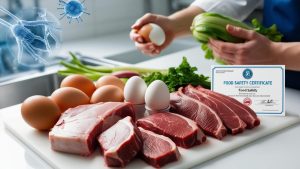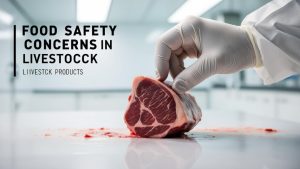Livestock and poultry farming is a crucial sector that contributes to global food security, economic development, and rural livelihoods. To achieve long-term success, farmers must implement best practices in nutrition, disease management, housing, breeding, sustainability, and market strategies.
This article summarizes key takeaways for successful livestock and poultry farming, ensuring profitability and environmental responsibility.
Click HERE to join our WhatsApp group chat
Proper Nutrition and Feeding Strategies
a) Balanced Diets for Optimal Growth
Provide species-specific and stage-specific diets to maximize productivity.
Ensure a balanced ratio of proteins, carbohydrates, fats, vitamins, and minerals.
b) Sustainable and Cost-Effective Feeding Practices
Incorporate alternative feed sources such as insect protein, agricultural byproducts, and hydroponic fodder.
Utilize precision feeding to minimize waste and optimize nutrient absorption.
c) Water Quality and Availability
Provide clean and fresh water at all times to maintain animal health and digestion.
Regularly check water sources for contamination and ensure adequate hydration.
READ ALSO: Ethical Considerations in Livestock and Poultry Farming
Effective Disease Prevention and Control
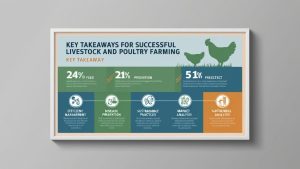
a) Biosecurity Measures
Implement strict biosecurity protocols to prevent disease outbreaks.
Restrict farm access, sanitize equipment, and isolate new or sick animals.
b) Vaccination and Veterinary Care
Follow recommended vaccination schedules for disease prevention.
Conduct routine health checks and seek veterinary assistance when needed.
c) Proper Waste Management
Dispose of manure and farm waste efficiently to prevent disease spread.
Utilize composting or biogas systems to manage animal waste sustainably.
READ ALSO: Heat Stress in Poultry and Livestock: Causes, Effects, and Management
Housing and Farm Infrastructure
a) Adequate Ventilation and Temperature Control
Maintain proper airflow in housing units to prevent respiratory diseases.
Use insulation, shading, or cooling systems to protect animals from heat stress.
b) Space Management and Comfort
Avoid overcrowding to reduce stress and improve growth rates.
Provide clean, dry, and comfortable bedding to enhance animal welfare.
c) Pest and Predator Control
Implement integrated pest management strategies to keep insects and rodents at bay.
Secure farm perimeters to protect livestock and poultry from predators.
Breeding and Genetics
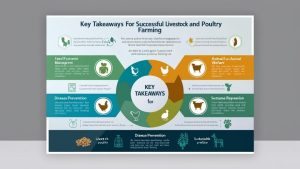
a) Selecting High-Quality Breeds
Choose breeds that are well-suited to local climate and farming conditions.
Focus on disease resistance, growth efficiency, and productivity traits.
b) Artificial Insemination and Controlled Breeding
Use artificial insemination (AI) to improve genetic traits and reproductive success.
Maintain accurate breeding records to track lineage and performance.
c) Ethical Breeding Practices
Avoid inbreeding to maintain genetic diversity and health.
Promote natural behaviors and reproductive welfare.
READ ALSO: Artificial Insemination in Livestock and Poultry
Sustainable Farming Practices
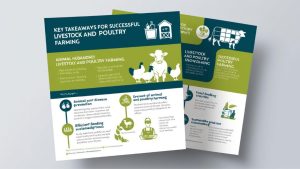
a) Environmentally Friendly Waste Management
Convert manure into organic fertilizer or bioenergy to minimize pollution.
Adopt regenerative agriculture to improve soil health and biodiversity.
b) Reducing Carbon Footprint in Farming
Optimize feed efficiency and use low-carbon feed alternatives.
Implement rotational grazing and agroforestry to sequester carbon.
c) Integrating Livestock and Crop Farming
Utilize a circular farming system where crops and livestock support each other.
Reduce dependency on synthetic fertilizers by using livestock manure as compost.
Economic and Financial Planning
a) Budgeting and Cost Control
Keep detailed records of expenses, feed costs, and profits.
Invest in cost-effective feed sources and farm inputs.
READ ALSO: Nutritional Requirements for Quails
b) Accessing Loans and Government Support
Take advantage of agricultural grants, loans, and subsidies.
Stay informed about financial assistance programs for farmers.
c) Diversification for Profit Stability
Expand farm operations to include multiple revenue streams (e.g., meat, eggs, dairy, manure sales).
Add value to farm products through processing and direct marketing.
Market Strategies and Consumer Trends
a) Understanding Market Demand
Research consumer preferences for organic, free-range, or specialty livestock products.
Adjust production to meet changing dietary trends and sustainability concerns.
b) Branding and Value Addition
Establish a strong farm brand by emphasizing quality and ethical farming practices.
Offer processed and packaged products to increase profit margins.
c) Digital and Direct Marketing
Utilize social media and online platforms to reach consumers and build customer loyalty.
Engage in farmers’ markets and cooperative sales to secure better pricing.
Conclusion
Successful livestock and poultry farming requires a holistic approach that integrates proper nutrition, disease control, sustainable practices, financial planning, and market adaptability. By adopting these key takeaways, farmers can ensure profitability, animal welfare, and environmental sustainability while contributing to global food security. Continuous learning and innovation in farming practices will pave the way for a more resilient and efficient livestock industry.
READ ALSO: Water-Based Feed Formulation for Ducks: A Comprehensive Guide
Water-based feed formulation for ducks is an innovative approach that enhances nutrient absorption, improves digestion, and reduces feed wastage. Ducks naturally consume aquatic plants, insects, and other water-based food sources, making wet feed a practical and efficient option in commercial and small-scale duck farming. This method is particularly beneficial in improving feed efficiency, promoting healthy growth, and optimizing egg production in laying ducks…
READ ALSO: Diseases Associated with Poor Waste Management
Poor waste management in livestock and poultry farming poses significant health risks to animals, farmworkers, and surrounding communities. Accumulated waste, including manure, urine, bedding materials, and feed residues, can become breeding grounds for harmful pathogens, leading to various infectious diseases. These diseases not only affect animal productivity but can also be transmitted…
Click HERE to join our WhatsApp group chat



